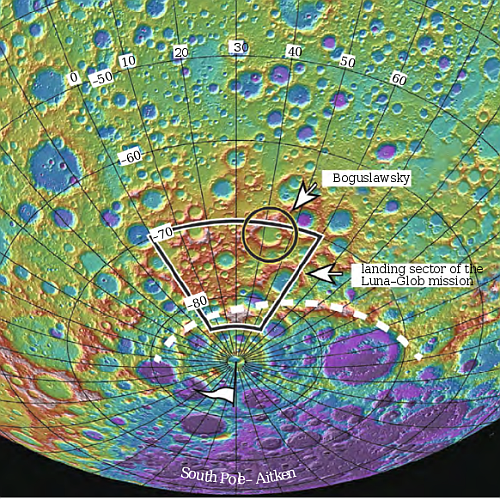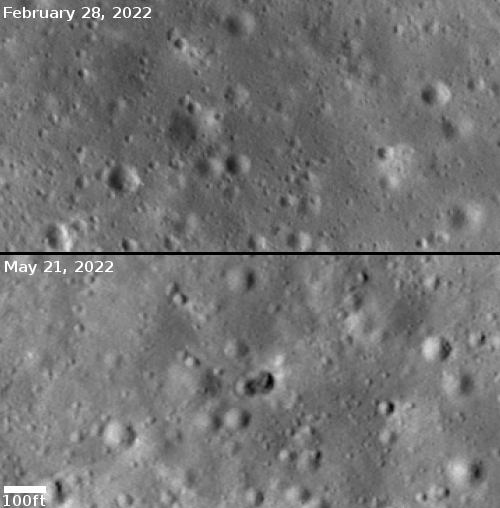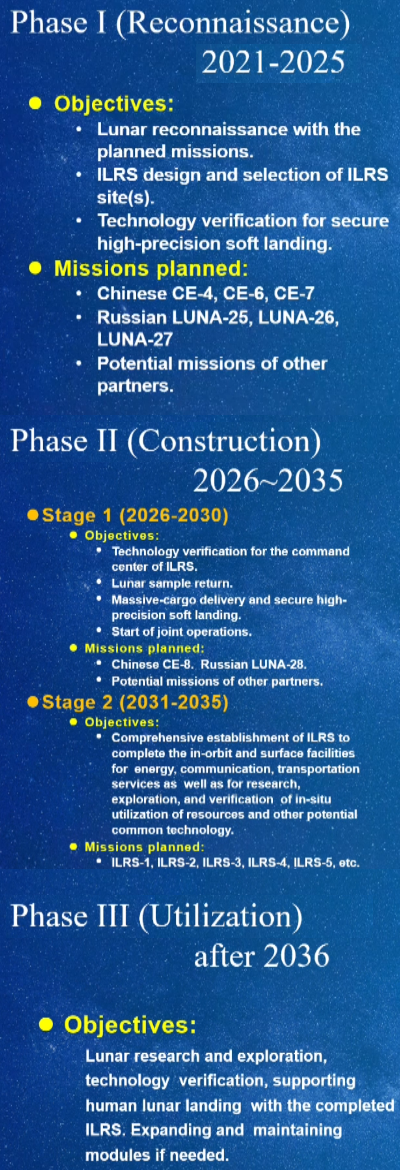NASA describes Starship’s first unmanned test lunar landing
In a briefing focused on the science that could be placed on the mission, a NASA official yesterday provided a status update of SpaceX’s first unmanned test flight by Starship to the Moon.
First, the official revealed that NASA is only requiring SpaceX to demonstrate a successful landing. Take-off will not be required. Also,
Starship is not designed to fly directly to the Moon like NASA’s Space Launch System, however. Instead, the first stage puts it only in Earth orbit. To go further, it must fill up with propellant at a yet-to-be-built orbiting fuel depot. Other Starships are needed to deliver propellant to the depot.
Watson-Morgan described the Concept of Operations for Starship’s Artemis III mission, starting with launch of the fuel depot, then a number of “propellant aggregation” launches to fill up the depot, then launch of the Starship that will go to Moon.
Previously SpaceX suggested that the ship would be directly refueled by subsequent Starships, with no middle-man fueling depot. It could be either engineering had made the depot necessary, or NASA politics have insisted upon it.
Finally, the talk outlined the elevator SpaceX is developing to lower the astronauts and equipment to the ground from Starship’s top.
In a briefing focused on the science that could be placed on the mission, a NASA official yesterday provided a status update of SpaceX’s first unmanned test flight by Starship to the Moon.
First, the official revealed that NASA is only requiring SpaceX to demonstrate a successful landing. Take-off will not be required. Also,
Starship is not designed to fly directly to the Moon like NASA’s Space Launch System, however. Instead, the first stage puts it only in Earth orbit. To go further, it must fill up with propellant at a yet-to-be-built orbiting fuel depot. Other Starships are needed to deliver propellant to the depot.
Watson-Morgan described the Concept of Operations for Starship’s Artemis III mission, starting with launch of the fuel depot, then a number of “propellant aggregation” launches to fill up the depot, then launch of the Starship that will go to Moon.
Previously SpaceX suggested that the ship would be directly refueled by subsequent Starships, with no middle-man fueling depot. It could be either engineering had made the depot necessary, or NASA politics have insisted upon it.
Finally, the talk outlined the elevator SpaceX is developing to lower the astronauts and equipment to the ground from Starship’s top.






